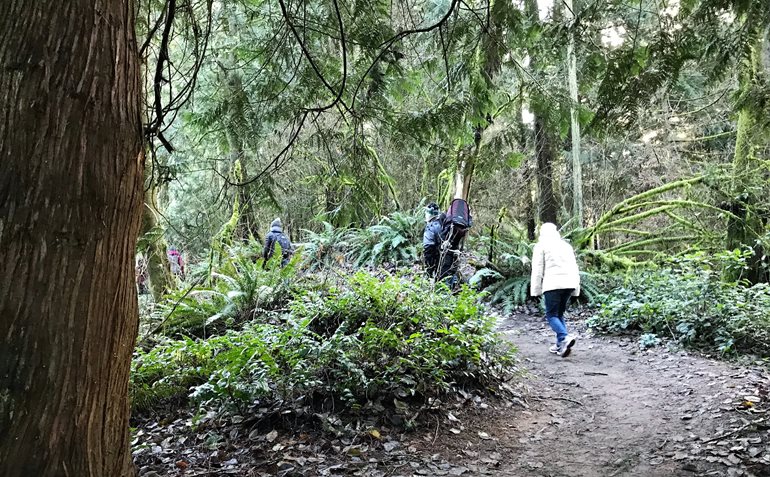
Some Washington State Parks officials want to know how to interest more young people in the 100-plus parks that the Evergreen State has to offer. That led to one of the best assignments ever for six University of Washington Bothell students: Take a look at a park and tell us what seems appealing.
The University’s Office of Community-Based Learning & Research connected John Keates, assistant manager of the State Parks Northwest Region, with students in a School of Educational Studies’ Applied Experience course taught by Associate Professor Antony Smith.
It was the kind of win-win partnership for which the CBLR program is known, providing useful information for State Parks and a practical experience for students.
Youthful vision
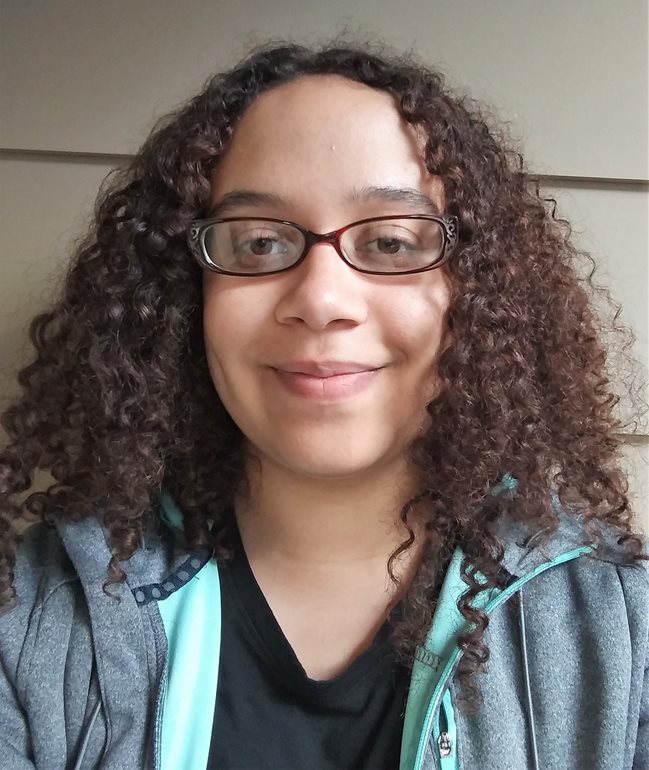
Enhancing community engagement is a strategic priority for the UW Bothell. Despite mostly remote operations this fall, there are 12 community-based learning courses with 307 students, said Layla Taylor, CBLR program manager.
“CBLR is an opportunity to support and build community connections, even remotely, and to support the greatest and most essential needs our community members have right now — food, educational needs, hygiene and research around what’s working and what’s not,” said Taylor.
“A lot of students are contributing greatly to needs on the ground but also through research and data collection.”
For community partner Keates, the project with Smith is the continuation of a relationship with the University that began when he was Parks and Recreation director for the city of Bothell from 2015-17 and involved students in working with Friends of North Creek Forest.
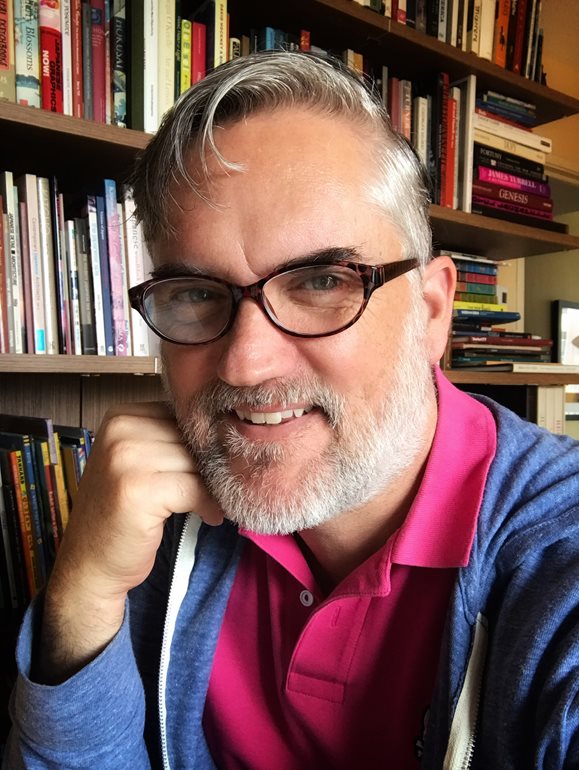
Smith said the Applied Experience course was his first partnerships with State Parks. Taught each quarter, the class typically places Education Studies majors in locations such as museums or day camps where they can gain insights into possible careers in education-related fields.
Adapting the course for remote learning, Smith and Keates asked the students to research a park, thinking of ways to attract and interest people 18 or younger. The students were assigned to create slide presentations that might be developed into online educational materials or an app that children could use to explore a park.
Basically, Keates asked, “You’re a young person; what did you like, and what would interest children?”
Horses and barnacles
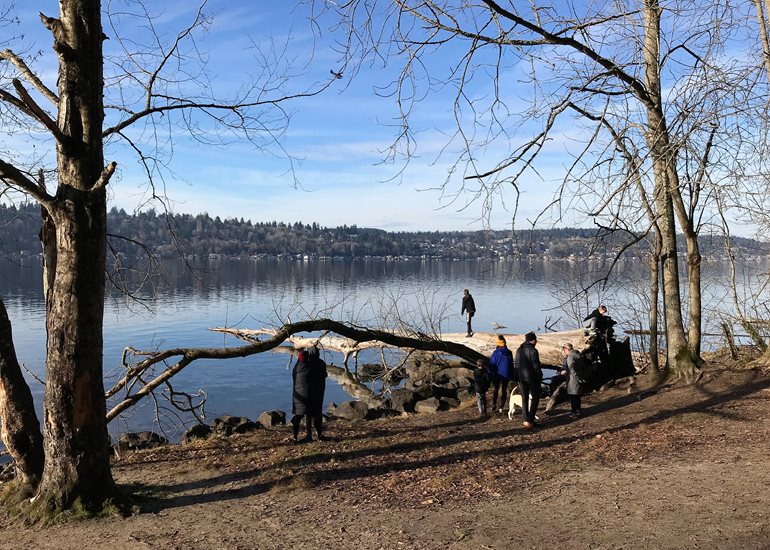
In addition to their remote research, the students all visited their parks in person, walked the grounds and took photos of points of interest for their presentations.
The parks were Bridle Trails in the Bellevue area, Lake Sammamish near Issaquah, Olallie near North Bend, Saint Edward in Kenmore, Saltwater on Puget Sound at Des Moines and Wallace Falls near Gold Bar.
Most of the student presentations focused on trees and wildlife or special features such as the historic seminary at Saint Edward, the horse-riding at Bridle Trails, the river and waterfalls at Olallie, and barnacles at Saltwater, Keates said. He was surprised by one student who wondered what she would need to take with her on a hike.
“Water, a snack, cell phone, map of the trails,” he said. “Growing up with parks, I don’t think twice about that. Here we had a young person who hadn’t been outside much. We had to look at things I didn’t even consider.
“It’s a new world for some of them,” he said.
Youth engagement is a priority for State Parks, and Keates said the feedback from the UW Bothell students demonstrated that they felt enriched by getting out of doors. The partnership continues in fall quarter. Keates is giving students the option of building on the work done over the summer or adding more parks.
Mira’s park
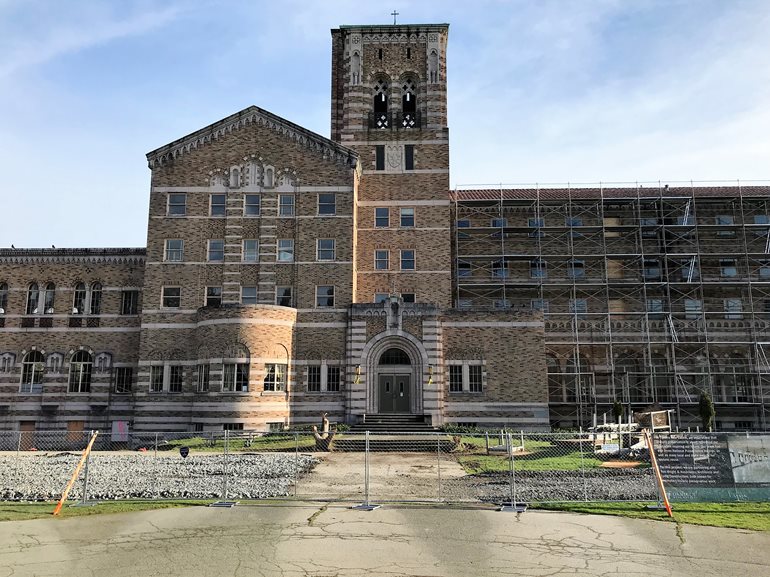
Saint Edward State Park was the choice of Mira Catlin, who is majoring in Community Psychology and in Educational Studies and is planning to graduate at the end of autumn quarter.
Interested in teaching — but not in front of a class — Catlin might find working at a state park interpretive center appealing. She said she’s the kind of person who sees a bike trail and wants to talk about both trails and bicycles.
It was a sunny day when she took public transit to the park. The old seminary building and a grotto looked interesting. She had a choice of flat or hilly hikes. And she noticed a playground, picnic tables and ball fields that would appeal to families — not just children.
The community-based learning gave her an invaluable perspective beyond a classroom.
“The experience led me to realize it’s not just about me trying to help others learn things,” she said. “It’s also a give and take.”
Higher-level analysis
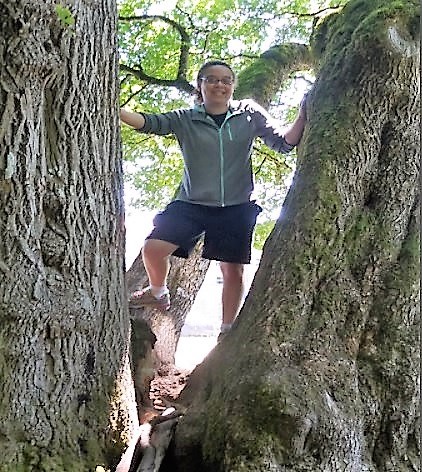
Of course, it wasn’t just a walk in the park for the students. They were expected to compare their experiences with the concepts and theories studied in the Applied Experience course, Smith said.
On top of the presentation for State Parks, the students were required to add another layer of analysis, addressing some of the core themes of an Education Studies degree: issues of equity; theories of learning, culture and identity; understanding multicultural influences; and how educational research is used politically.
“We really want them to see what they’ve been learning about,” Smith said. “They did a great job connecting their research on the park, thinking as an educator and through the eyes of a child.”
Students presented their park highlights and analysis in a teleconference at the end of the quarter.
“In this time of uncertainty, we were able to meaningfully connect with State Parks as a partner and to provide a rich virtual and in-person applied experience for our students,” Smith said. “They were able to make meaningful connections to our degree themes like we hoped they would under normal circumstances.”



